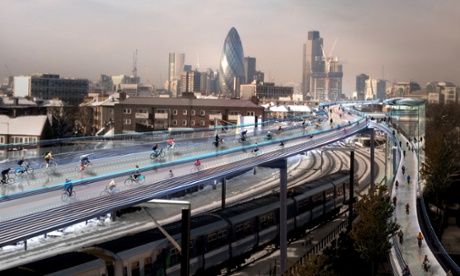
Famed architect Norman Foster has a brilliant and restless mind. So, he’s not content to stop imagining, even with some of the world’s most innovative and recognizable architectural designs to his credit — 30 St. Mary Axe (London’s “gherkin” or pickle skyscraper), Hearst Tower, and the Millau Viaduct.
Foster is also an avid cyclist, which leads to his re-imagining of the lowly bicycle lane as a more lofty construct. Two hundred miles or so of raised bicycle lanes suspended above London, running mostly above railway lines, the SkyCycle. What a gorgeous idea.
From the Guardian:
Gliding through the air on a bike might so far be confined to the fantasy realms of singing nannies and aliens in baskets, but riding over rooftops could one day form part of your regular commute to work, if Norman Foster has his way.
Unveiled this week, in an appropriately light-headed vision for the holiday season, SkyCycle proposes a network of elevated bike paths hoisted aloft above railway lines, allowing you to zip through town blissfully liberated from the roads.
The project, which has the backing of Network Rail and Transport for London, would see over 220km of car-free routes installed above London’s suburban rail network, suspended on pylons above the tracks and accessed at over 200 entrance points. At up to 15 metres wide, each of the ten routes would accommodate 12,000 cyclists per hour and improve journey times by up to 29 minutes, according to the designers.
Lord Foster, who says that cycling is one of his great passions, describes the plan as “a lateral approach to finding space in a congested city.”
“By using the corridors above the suburban railways,” he said, “we could create a world-class network of safe, car-free cycle routes that are ideally located for commuters.”
Developed by landscape practice Exterior Architecture, with Foster and Partners and Space Syntax, the proposed network would cover a catchment area of six million people, half of whom live and work within 10 minutes of an entrance. But its ambitions stretch beyond London alone.
“The dream is that you could wake up in Paris and cycle to the Gare du Nord,” says Sam Martin of Exterior Architecture. “Then get the train to Stratford, and cycle straight into central London in minutes, without worrying about trucks and buses.”
Developed over the last two years, the initial idea came from the student project of one of Martin’s employees, Oli Clark, who proposed a network of elevated cycle routes weaving in and around Battersea power station. “It was a hobby in the office for a while,” says Martin. “Then we arranged a meeting at City Hall with the deputy mayor of transport – and bumped into Boris in the lift.”
Bumping into Boris has been the fateful beginning for some of the mayor’s other adventures in novelty infrastructure, including Anish Kapoor’s Orbit tower, apparently forged in a chance meeting with Lakshmi Mittal in the cloakrooms at Davos. Other encounters have resulted in cycle “superhighways” (which many blame for the recent increase in accidents) and a £60 million cable car that doesn’t really go anywhere. But could SkyCycle be different?
“It’s about having an eye on the future,” says Martin. “If London keeps growing and spreading itself out, with people forced to commute increasingly longer distances, then in 20 years it’s just going to be a ghetto for people in suits. After rail fare increases this week, a greater percentage of people’s income is being taken up with transport. There has to be another way to allow everyone access to the centre, and stop this doughnut effect.”
After meeting with Network Rail last year, the design team has focused on a 6.5km trial route from Stratford to Liverpool Street Station, following the path of the overground line, a stretch they estimate would cost around £220 million. Working with Roger Ridsdill-Smith, Foster’s head of structural engineering, responsible for the Millennium Bridge, they have developed what Martin describes as “a system akin to a tunnel-boring machine, but happening above ground”.
“It’s no different to the electrification of the lines west of Paddington,” he says. “It would involve a series of pylons installed along the outside edge of the tracks, from which a deck would project out. Trains could still run while the cycle decks were being installed.”
As for access, the proposal would see the installation of vertical hydraulic platforms next to existing railway stations, as well as ramps that took advantage of the raised topography around viaducts and cuttings. “It wouldn’t be completely seamless in terms of the cycling experience,” Martin admits. “But it could be a place for Boris Bike docking stations, to avoid people having to get their own equipment up there.” He says the structure could also be a source of energy creation, supporting solar panels and rain water collection.
The rail network has long been seen as a key to opening up cycle networks, given the amount of available land alongside rail lines, but no proposal has yet suggested launching cyclists into the air.
Read the entire article here.
Image: How the proposed SkyCycle tracks could look. Courtesy of Foster and Partners / Guardian.



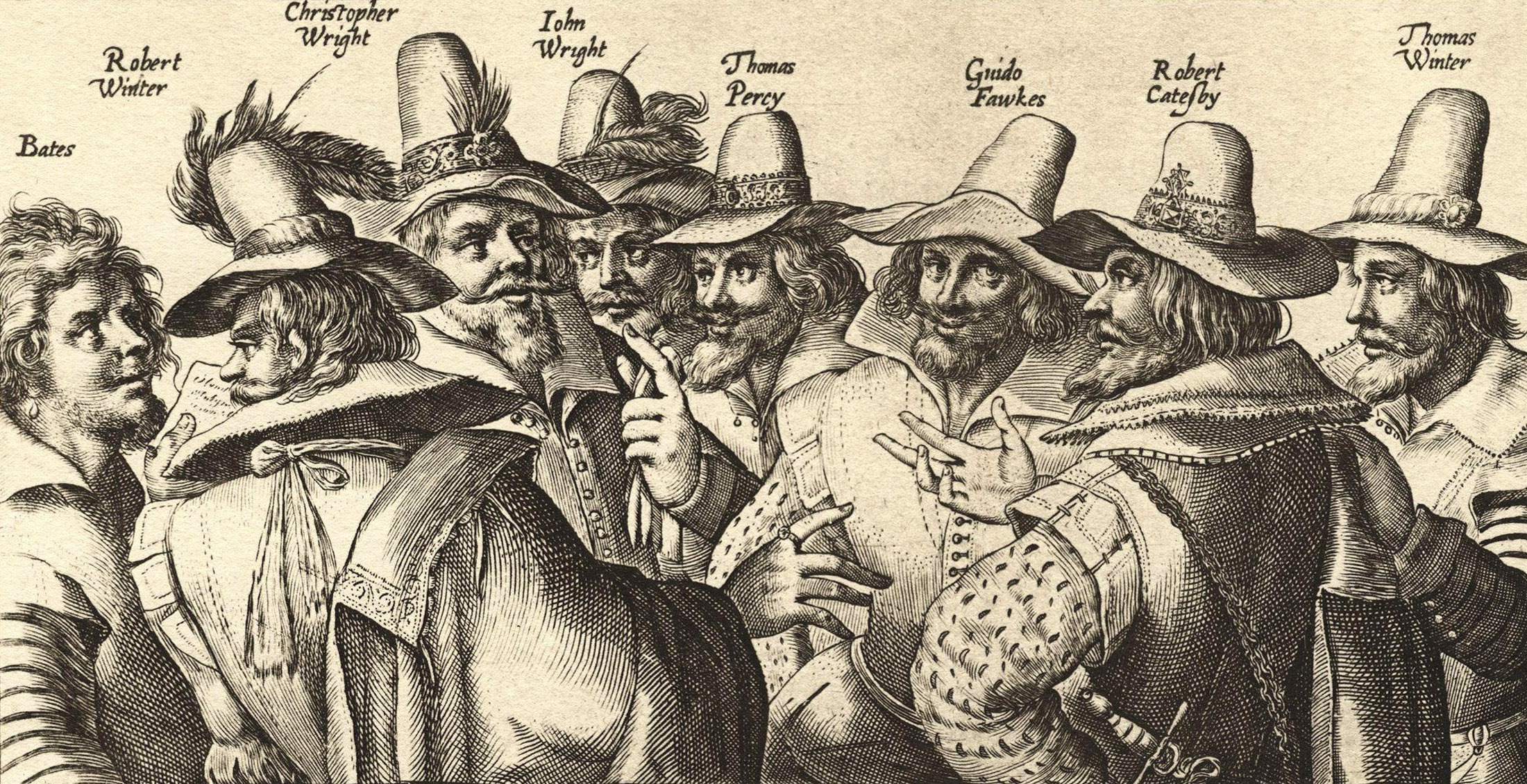

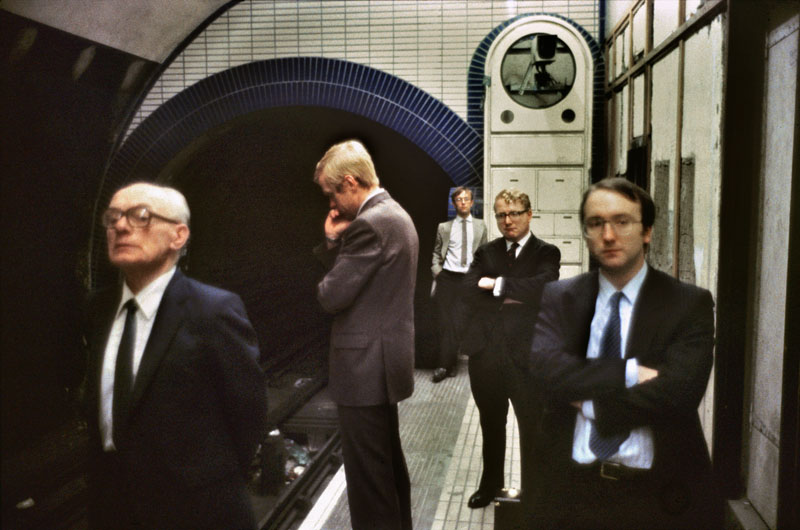

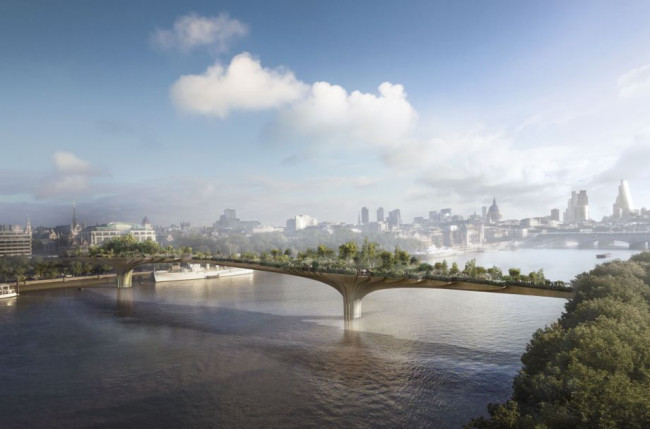
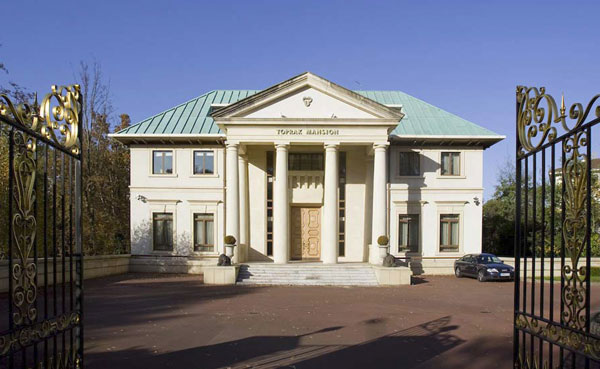



 Accessorize
Accessorize

 Slip
Slip 
 You will have heard of the River Thames, the famous swathe of grey that cuts a watery path through London. You may even have heard of several of London’s prominent canals, such as the Grand Union Canal and Regent’s Canal. But, you probably will not have heard of the mysterious River Fleet that meanders through eerie tunnels beneath the city.
You will have heard of the River Thames, the famous swathe of grey that cuts a watery path through London. You may even have heard of several of London’s prominent canals, such as the Grand Union Canal and Regent’s Canal. But, you probably will not have heard of the mysterious River Fleet that meanders through eerie tunnels beneath the city.